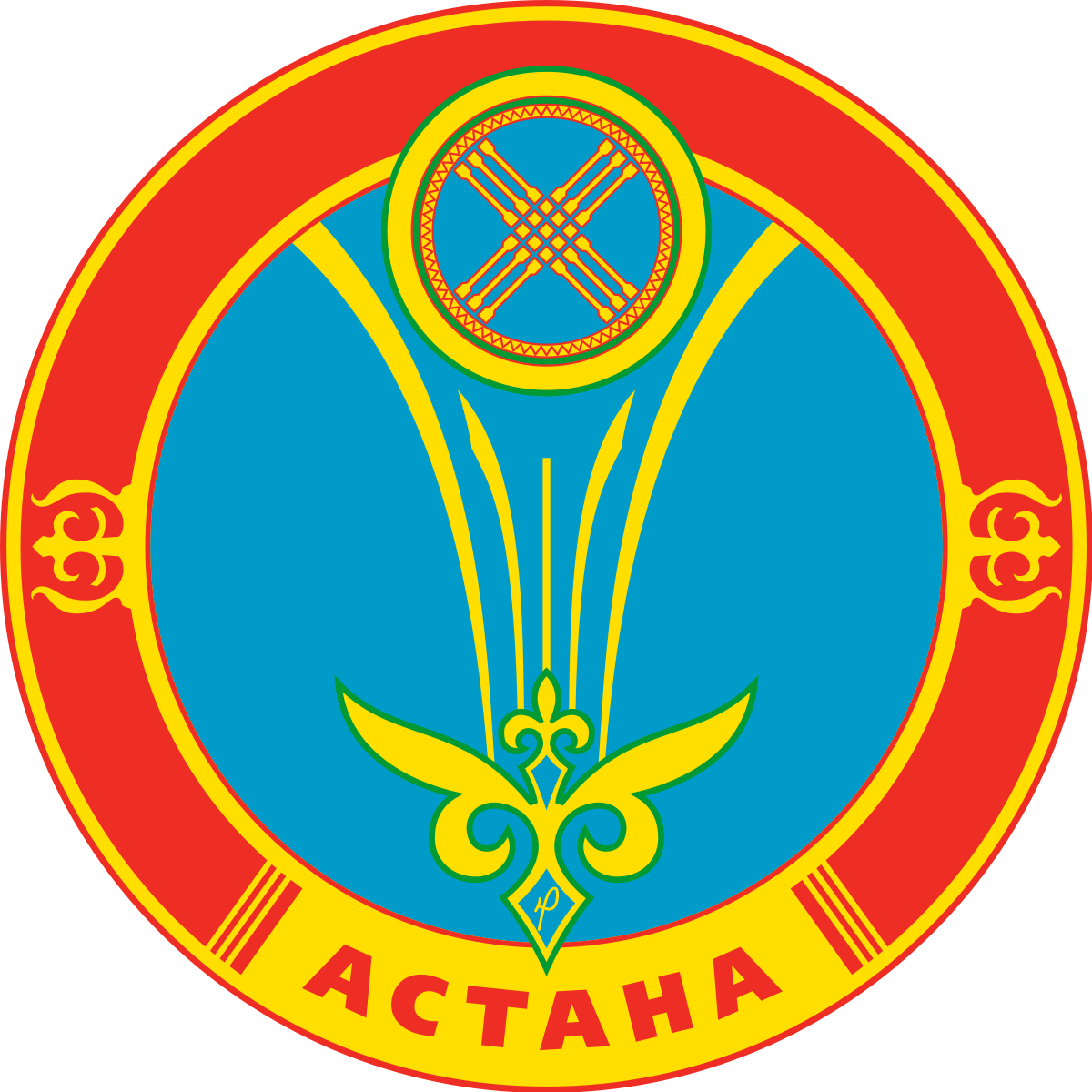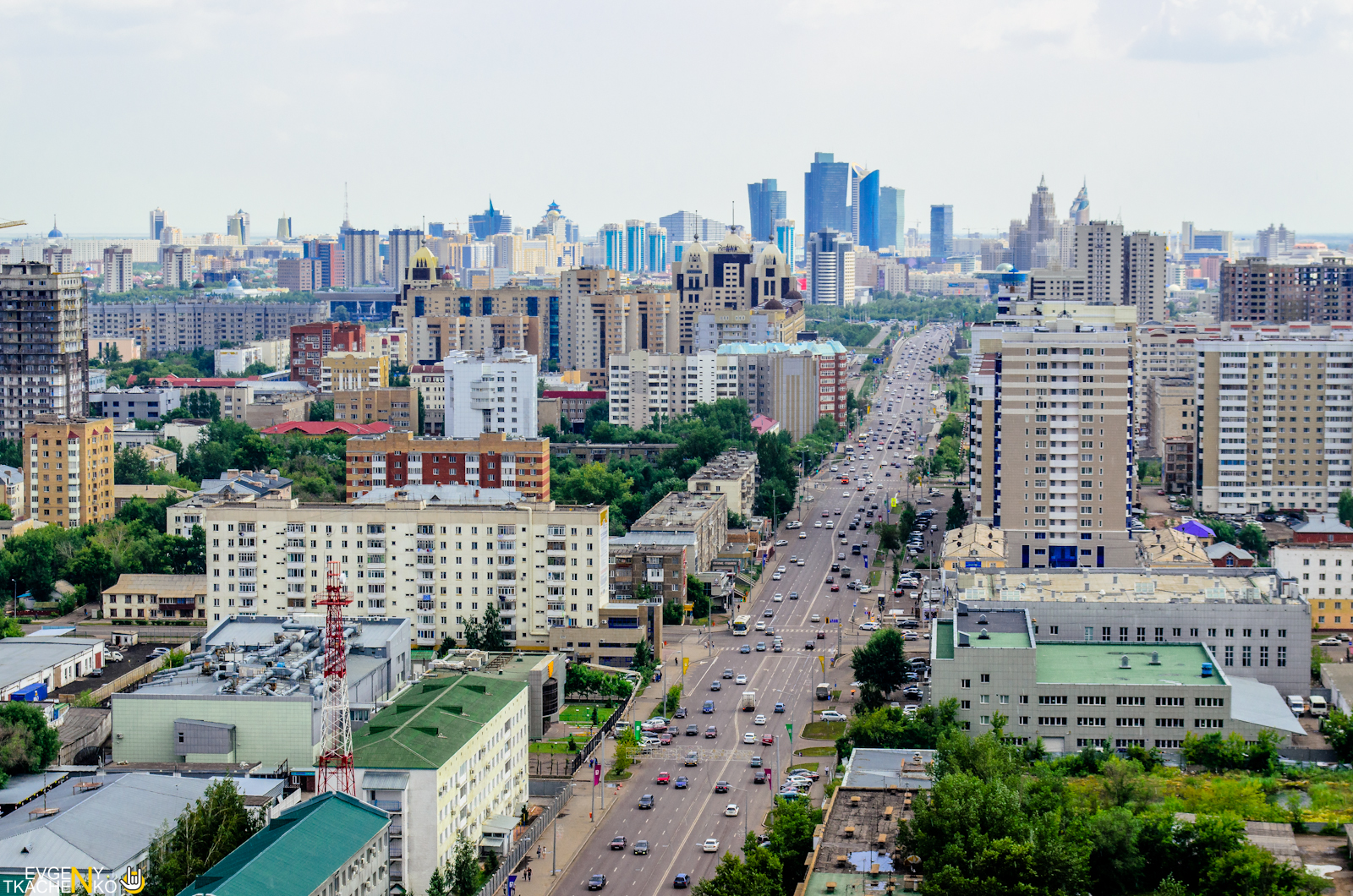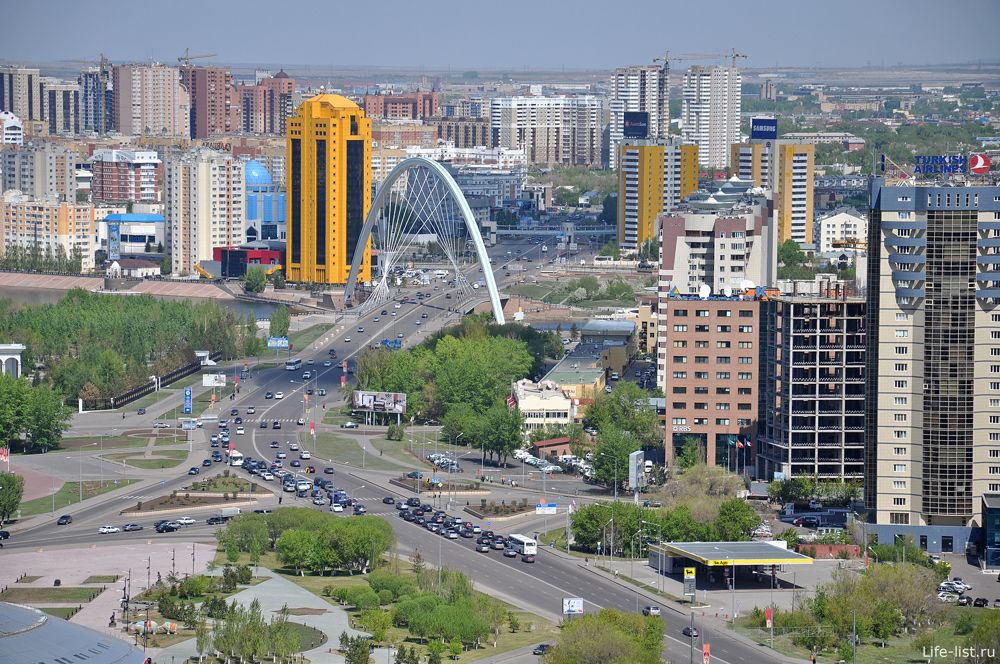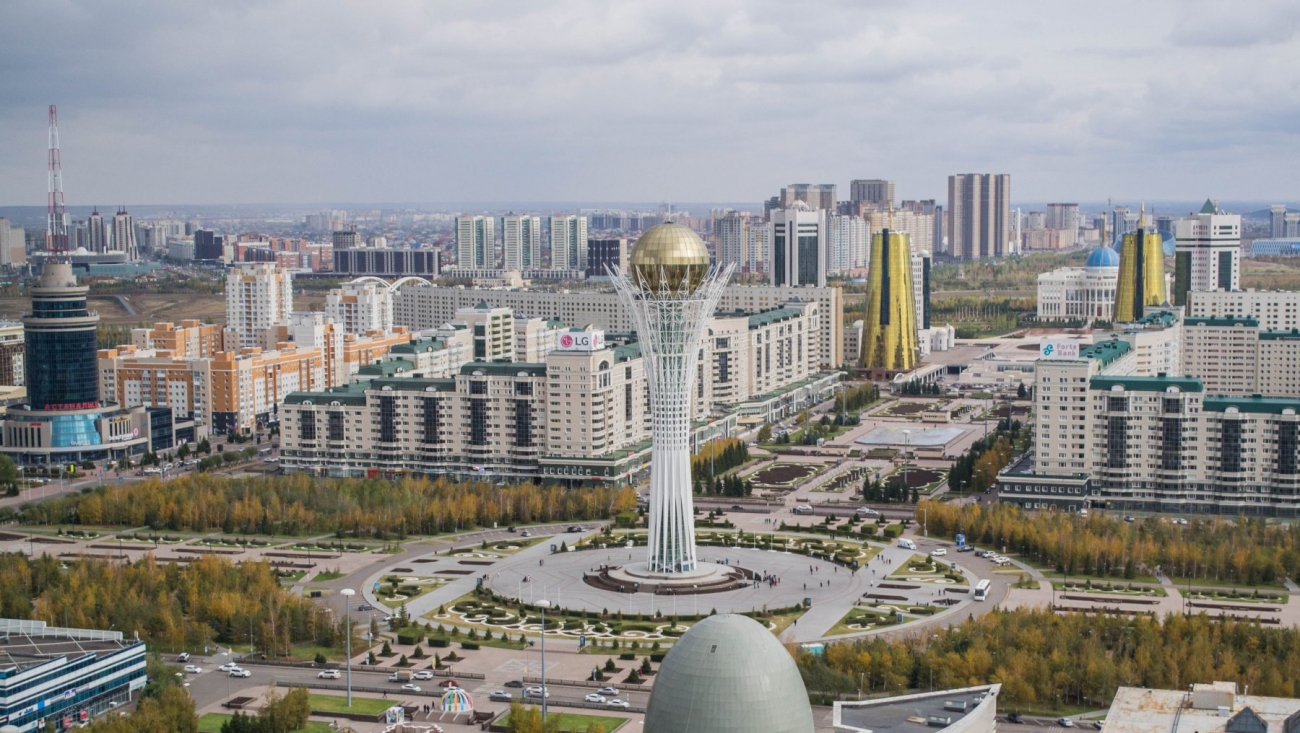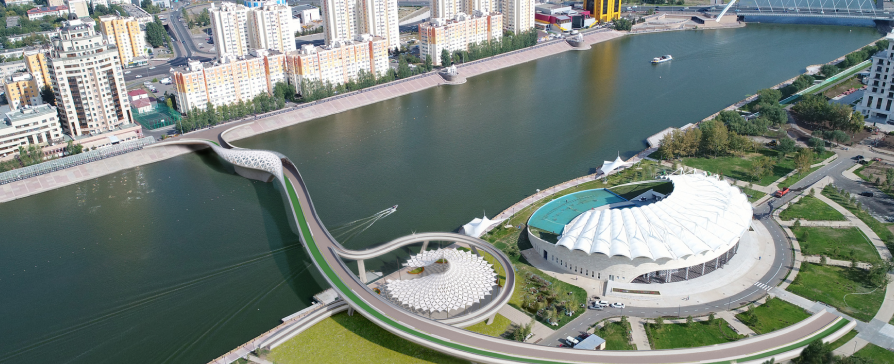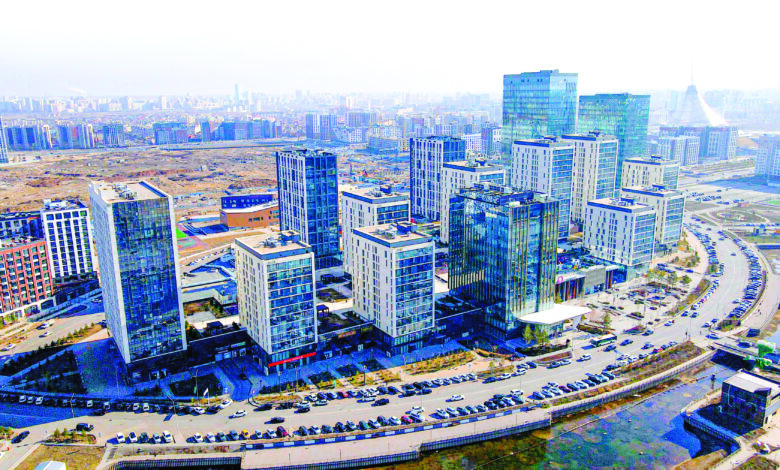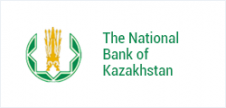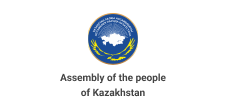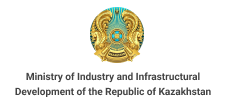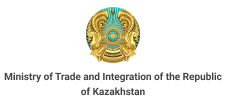Information about the city
Information about the city
Astana has been the capital of the Republic of Kazakhstan since December 10, 1997. The status of a millionaire city was achieved in June 2017, when the population was 1,002,874 inhabitants.
Administratively, the city is divided into 5 districts: Almaty, Baikonur, Yesil, Saryarka, Nura.
Square
797,33 sq. km.
Neighboring regions and countries:
- in the north - NKR
- the east - Pavlodar in
- the south - Karaganda in
- the west - Kostanay
Climatic conditions
- Sharply continental.
- The average annual temperature is 3.1 °C.
- Precipitation falls 300 mm per year.
Geographical data
The city stands on a steppe plain. The relief of the territory occupied by it is low above-floodplain terraces. Chestnut soils predominate.
Astana is located on the banks of the Ishim River. The city is divided into two parts — the right and left bank. The hydrographic network of the city is represented not only by the only Ishim River, but also by its minor right tributaries-the Sarybulak and Akbulak. There are numerous fresh and salt lakes within a radius of 25-30 km around the city.
About the city
The convenient location in the center of the Eurasian continent makes Astana an economically profitable transport, communication and logistics center, a kind of transit bridge between Europe and Asia. The transfer of the capital gave a powerful impetus to the economic development of Astana.
The high growth rates of the city's economy attract numerous investors. The capital's economy is based on industrial production, transport, communications, trade and construction. Industrial production is mainly concentrated in the production of building materials, food/beverages and mechanical engineering. Astana occupies a leading position in Kazakhstan in the production of construction metal products, ready-to-use concrete, and construction products made of concrete.
Among the largest enterprises of the city, there are such objects as the Tselinograd Car Repair Plant, the Tsesna-Astyk concern, the Tulpar-Talgo LLP passenger car assembly plant, the Eurocopter Kazakhstan Engineering LLP helicopter assembly plant, etc.
Population 1 566 566
(June 2025)
GRP 108,0%
(for 2024 compared to the previous year)
Inflation 11,2%
(for January 2025, increase)
Average monthly salary 1083$
(for Q1 2025)
Gross inflow of direct investments $1 127
(for Q1 2025, in million)
Trade turnover $4859,2
(for January–April 2025, in million)
*Excluding small businesses engaged in entrepreneurial activities.
